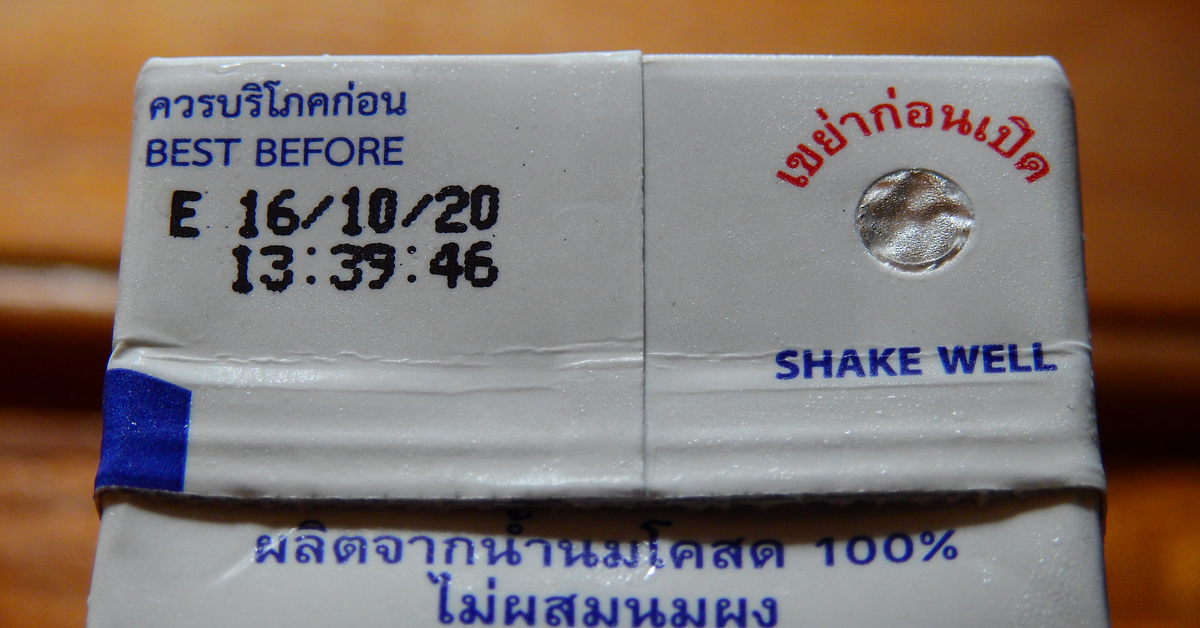Have you ever noticed how the expiry date on food packaging varies, using terms like “use by” and “best before”?
Given that 90% of food in Singapore is imported, these expiry date labels can vary significantly.
You might wonder, why not standardize these labels, especially since the “Healthier Choice” logo has been implemented across most food and drink items? The answer, much like your current relationship status, is complicated.
The Cost of Standardising “Use By” and “Best Before” Labels
The Senior Minister of State for Sustainability and the Environment, Koh Poh Koon, explained that standardising the “use by”, “best before” dates of food could lead to increased packaging costs and a heavier compliance burden for food manufacturers.
This response came from a question by Member of Parliament (MP) He Ting Ru (Sengkang GRC) on 7 February, who inquired whether the Government would consider updating and standardizing these labels to alleviate confusion about food safety and reduce food waste.
He highlighted that both “use by” and “best before” labels are “internationally accepted” terms under the Codex General Standard for labelling of prepackaged foods and are used both locally and overseas.
The Codex Alimentarius Commission, a joint effort by the Food and Agriculture Organization (FAO) and the World Health Organization (WHO) of the United Nations, establishes these guidelines to regulate food safety across different countries.
These standards encompass all aspects of food safety and quality, including hygiene, additives, contaminants, labelling, and nutrition, ensuring that food is safe for consumption and can be traded internationally.

Additionally, the Singapore Food Agency enforces that selling food products beyond their expiry date is illegal.
Adopting standardized date labels would require the industry to customize packaging specifically for the Singapore market. This results in a compliance burden and could lead to additional packaging costs which in return, would make the food products more expensive for consumers.
If a manufacturer refuses to indicate the “Healthier Choice” logo, it simply will not enter the Singapore market, resulting in minimal impact on our food choices.
In comparison, expiry date labels are more critical as they must be applied to a wide range of food products. Standardizing these labels could discourage manufacturers from exporting to Singapore, possibly decreasing food availability and threatening our food security, as explained by Dr Koh.
Differences Between “Use By” and “Best Before” Labels
Now that you understand why standardised labels are not implemented, here’s how to differentiate the varying labels.
The “use by” date marks the last date that the food is safe for consumption, beyond which the food should not be eaten, even if it appears normal.
It’s crucial to remember that “use by” dates assume proper storage conditions. So, if it starts looking or smelling funky before this date, it’s safer to discard it.
The “best before” date, on the other hand, relates more to food quality than safety. Food is at its best quality if consumed before this date but remains safe to eat afterward.

Again, this assumes the food has been stored correctly, so it still remains important to discern if the food remains safe for consumption.




